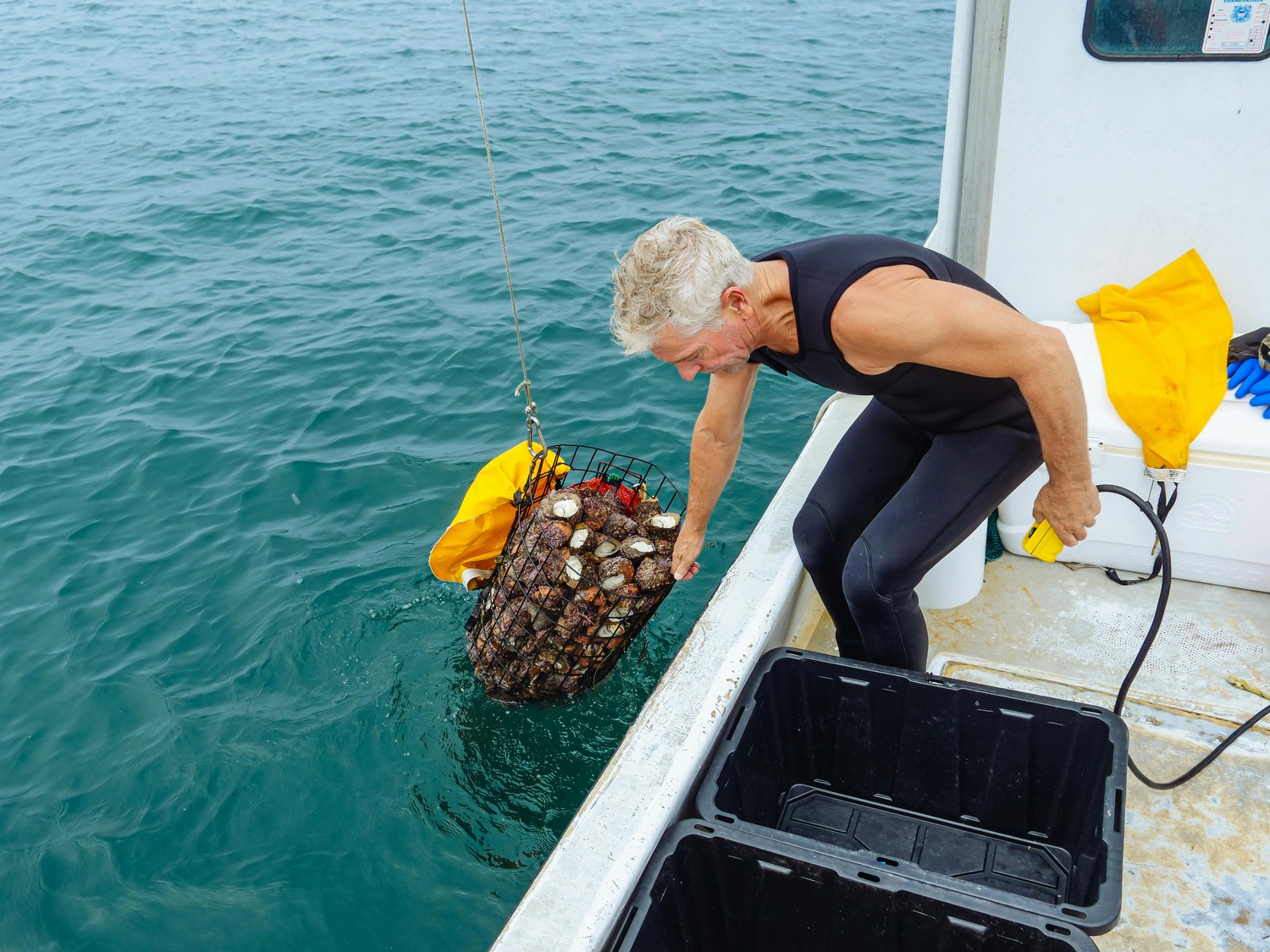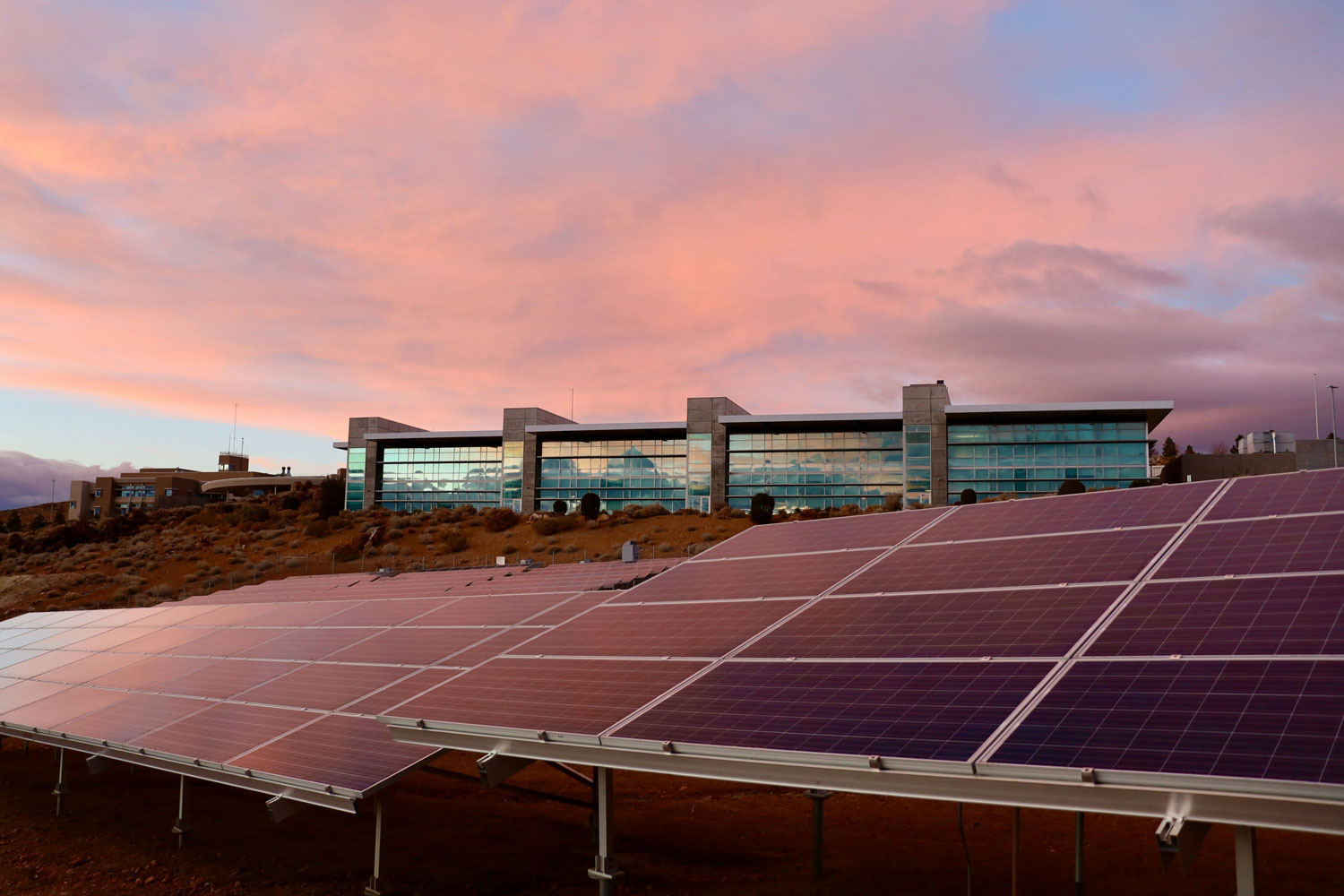Exclusive
 What Does Science and ESG Hold in Trump 2.0?
What Does Science and ESG Hold in Trump 2.0?
 Nature-Based Solutions: Balancing Promise and Limitations in Climate Action
Nature-Based Solutions: Balancing Promise and Limitations in Climate Action
 Crafting Eco-Friendly Strategies for Niche Enterprises
Crafting Eco-Friendly Strategies for Niche Enterprises
 U.S. Companies Roll Back ESG Commitments
U.S. Companies Roll Back ESG Commitments
 How New Rules Are Making Greenwashing a Thing of the Past
How New Rules Are Making Greenwashing a Thing of the Past
 Why Scope 3 is the Real Test of Corporate Climate Commitment
Why Scope 3 is the Real Test of Corporate Climate Commitment
 Water Sustainability in 2025 – Digitalization, AI, and the Rise of Smart Water Systems
Water Sustainability in 2025 – Digitalization, AI, and the Rise of Smart Water Systems
 From Pledges to Practice: Building Coherent and Reliable Climate Policy
From Pledges to Practice: Building Coherent and Reliable Climate Policy
.jpeg) The Role of Circular Economy in Waste Management
The Role of Circular Economy in Waste Management
 Small Steps, Big Wins: The Power of Everyday Sustainability
Small Steps, Big Wins: The Power of Everyday Sustainability
 Zero Waste at Home: Practical Tips for a Greener Lifestyle
Zero Waste at Home: Practical Tips for a Greener Lifestyle
 India’s Green Hydrogen Mission – Pioneering a Low-Carbon Future
India’s Green Hydrogen Mission – Pioneering a Low-Carbon Future
.jpg) Urban Resilience – How Nature-Based Solutions Are Transforming Cities
Urban Resilience – How Nature-Based Solutions Are Transforming Cities
 The ISO Net-Zero Standard – A Game Changer for Global Climate Action
The ISO Net-Zero Standard – A Game Changer for Global Climate Action
.jpg) Phasing Out Fossil Fuels— A Just Transition
Phasing Out Fossil Fuels— A Just Transition
 Life Cycle Assessment: The Key to Sustainable Decision-Making
Life Cycle Assessment: The Key to Sustainable Decision-Making
.jpg) Sustainable Menus— A Recipe for Environmental Responsibility
Sustainable Menus— A Recipe for Environmental Responsibility
.jpg) Green Hydrogen for a Sustainable Future
Green Hydrogen for a Sustainable Future
.jpg) Net Zero Made Simple— Everything You Need to Know
Net Zero Made Simple— Everything You Need to Know
 Regenerative Agriculture— Revitalizing Farms & Rebuilding Ecosystems
Regenerative Agriculture— Revitalizing Farms & Rebuilding Ecosystems
 Decarbonizing Transportation with Electric Vehicles and Beyond
Decarbonizing Transportation with Electric Vehicles and Beyond
 Reducing Consumption— Sustainable Practices at Home and Work
Reducing Consumption— Sustainable Practices at Home and Work
 Harnessing Power Through Sustainable Means
Harnessing Power Through Sustainable Means
 Decarbonization— The Path to a Low-Carbon Future
Decarbonization— The Path to a Low-Carbon Future
 The Path to a Sustainable World
The Path to a Sustainable World

Subscribers: 236
Carbon Capture Technologies Reshaping Decarbonization
.jpeg)
28 April 2025
290
The global push to achieve net-zero emissions has spurred unprecedented innovation in carbon capture and storage (CCS). While renewable energy adoption grows, industries like: cement, steel and petrochemicals-responsible for 25% of global CO₂ emissions-require specialized solutions to decarbonize. In 2025— these four groundbreaking CCS technologies are redefining what’s possible:
1. 8 Rivers’ 8RH₂ Process: Ultra-Low-Carbon Hydrogen
Developed in 2023, this technology captures 99.5% of CO₂ emissions during hydrogen production. Using oxy-combustion and a CO₂ convective reformer, it eliminates the need for energy-intensive capture systems. The first deployment, the Cormorant Clean Energy project in Texas, aims to produce 880,000 tonnes of low-carbon ammonia annually while sequestering 1.4 million tonnes of CO₂. This system is particularly transformative for industries like fertilizer production, where green ammonia could slash emissions by 90% compared to conventional methods[1].
2. Baker Hughes’ Compact Carbon Capture (CCC)
This post-combustion technology uses rotating packed beds to enhance CO₂ absorption through centrifugal force. Its modular design reduces equipment size and costs by 30%, making it ideal for offshore platforms and retrofits. Piloted in Norway— CCC achieves ≥95% capture rates and is scalable for small to mid-sized emitters. For example: - a single unit can mitigate 50,000 tonnes of CO₂/year from a gas-fired power plant.
3. Babcock & Wilcox’s BrightLoop
BrightLoop employs chemical looping with iron-based carriers to produce hydrogen or syngas while isolating CO₂. Tested at the National Carbon Capture Center in Alabama, it continuously generates low-carbon hydrogen from coal, biomass, or natural gas. The process cuts energy losses by 20% compared to traditional methods, offering a viable path for steel and cement plants seeking to align with EU carbon tariffs.
4. Axens’ DMX Process
A second-generation solvent-based system, DMX uses a demixing solvent to cut energy consumption by 30% versus conventional amine processes. Its selective regeneration mechanism allows efficient capture from low to medium CO₂ sources, such as cement kilns or waste incinerators. A pilot in France demonstrated 90% capture efficiency with reduced solvent degradation, addressing a key hurdle in long-term cost viability.
Challenges and Opportunities
While these technologies are promising, scaling them requires:
- Policy Support: Tax credits like the US 45Q and EU Emissions Trading System must expand to cover industrial CCS.
- Cross-Industry Collaboration: Projects like Hybrit (Sweden’s fossil-free steel initiative) show how partnerships can de-risk investments.
- Public Acceptance: Communities near storage sites often oppose CCS over leakage fears, necessitating transparent engagement.
The Road Ahead
By 2030— CCS could abate 1.5 billion tonnes of CO₂ annually if current pilots scale successfully. For heavy industries—these technologies are not optional-they’re the bridge to survival in a net-zero world.
[1] https://jpt.spe.org/twa/4-cutting-edge-ccs-technologies-reshaping-the-future-of-carbon-capture
Read Next
 Blogs
Blogs
Life Cycle Assessment: The Key to Sustainable Decision-Making
 Blogs
Blogs
India’s Green Hydrogen Mission – Pioneering a Low-Carbon Future
 Blogs
Blogs
Crafting Eco-Friendly Strategies for Niche Enterprises
 News
News
Shipping Industry Sets Sail Toward Net-Zero: IMO Approves Landmark Climate Policy
 News
News
EU Unveils Sweeping Circular Economy Reforms to Achieve Net Zero
 News
News
ISO Net-Zero Standard Launch at COP30: Comprehensive Breakdown
Live Polls

.jpg)
.jpg)
Leave your opinion / comment here